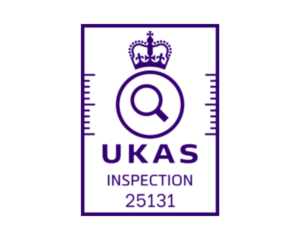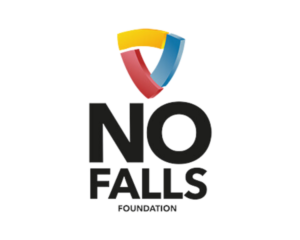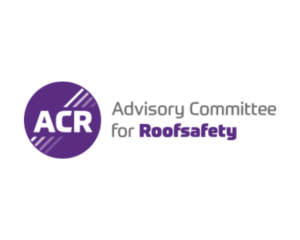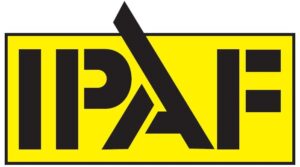The Grenfell disaster in 2017 was a tragedy that rightly prompted a greater emphasis on fire safety in buildings over a certain height. While there has been good progress in the public sector to replace dangerous cladding, many more “at risk” buildings in the private sector are awaiting remedial work.
An independent review entitled Building a Safer Future by Dame Judith Hackitt, published in 2018, highlighted a common problem that the documentation handed over at completion is incomplete or, in some cases, incorrect. Furthermore, some building owners have no other assets save for the freehold of the building.
Such companies rely on the service charge income to be able to pay for any works to the building and so would not have been able to fund any remedial works without recovering the majority of it first from the leaseholders.
The coronavirus pandemic has resulted in a slowdown in virtually every area of business and production across the world. While the construction industry has recovered far better than many other sectors, it too has seen a marked reduction in business, including building cladding.
Earlier in 2020, ministers announced a change in legislation making sprinkler systems and consistent wayfinding signage mandatory in all new high-rise blocks over 11 metres tall.
All initiatives and new legislation which result in safer buildings are welcomed by FASET – Fall Arrest Safety Equipment Training. FASET has long been a foundation in supporting its members in the construction and FM sectors with expert quality guidance, dedicated training and exclusive membership benefit schemes all with the intention of promoting a safer way of working.
The removal and replacement of cladding inevitably involves working at height, which is why FASET takes a particular interest. Falls from height are still the main cause of fatal accident and injury within the workplace, as the Health and Safety Executive (HSE) reports.








